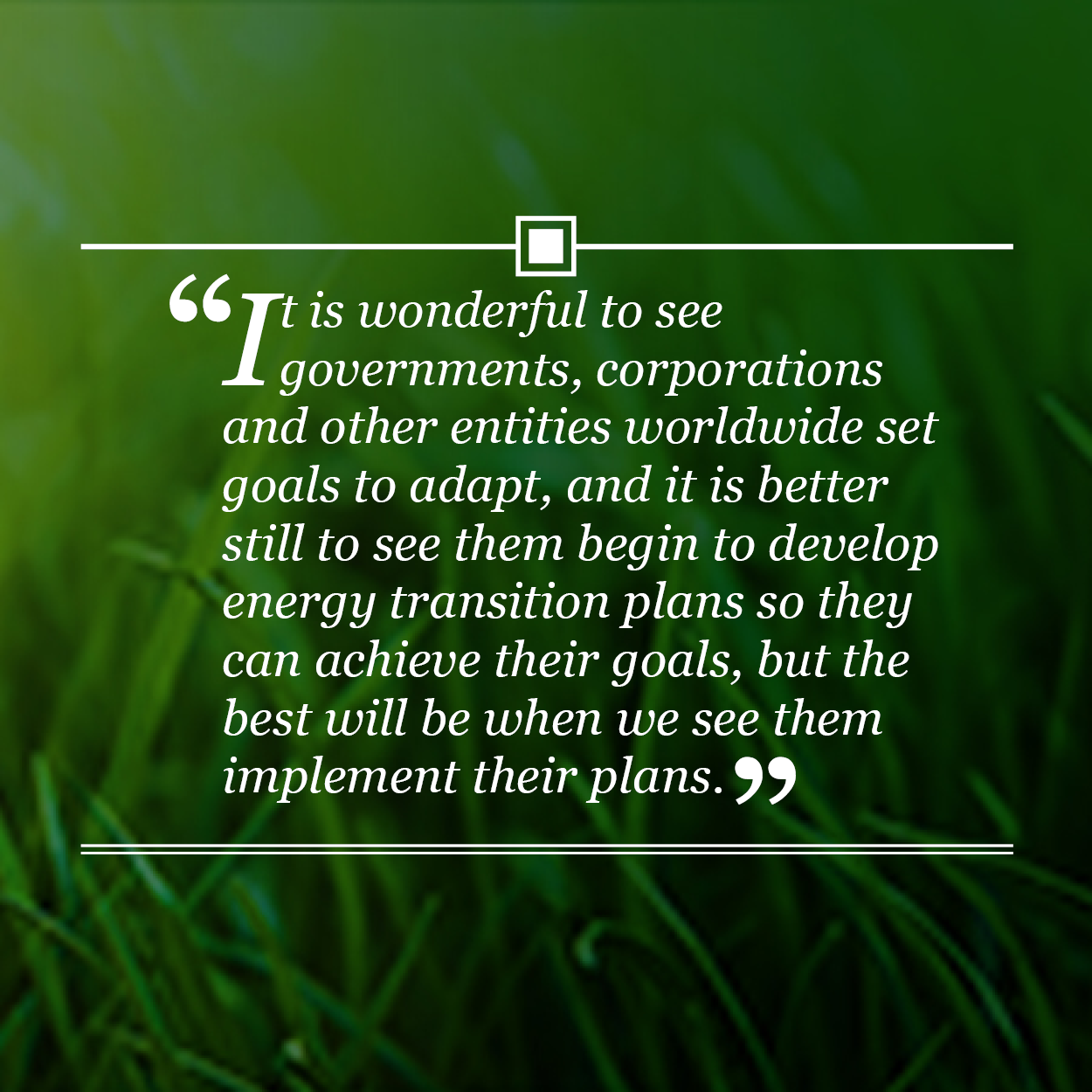 As a friend pointed out to me last weekend, the United States is being held captive by the threat of what could happen to the oil supply based on a large number of geopolitical “what ifs.” We know that approximately 8% of U.S. oil and refined products came from Russia in 2021. We also know that crude oil from Russia made up roughly 3% of our nation’s imports. Gas prices had already started to spike before President Joe Biden’s announcement March 8 to ban buying oil imports from Russia.
As a friend pointed out to me last weekend, the United States is being held captive by the threat of what could happen to the oil supply based on a large number of geopolitical “what ifs.” We know that approximately 8% of U.S. oil and refined products came from Russia in 2021. We also know that crude oil from Russia made up roughly 3% of our nation’s imports. Gas prices had already started to spike before President Joe Biden’s announcement March 8 to ban buying oil imports from Russia.
In addition to the unstable geopolitical energy situation, the U.N.’s Intergovernmental Panel on Climate Change released its Sixth Assessment Report on Feb. 28, “Climate Change 2022: Impacts, Adaptation and Vulnerability,” which mentions in the “Summary for Policymakers”: “Within energy system transitions, the most feasible adaptation options support infrastructure resilience, reliable power systems and efficient water use for existing and new energy generation systems (very high confidence). Energy generation diversification, including with renewable energy resources and generation that can be decentralised depending on context (e.g., wind, solar, small scale hydroelectric) and demand side management (e.g., storage, and energy efficiency improvements) can reduce vulnerabilities to climate change, especially in rural populations (high confidence).”
 With the aforementioned in mind, it is good to see that governmental entities, corporations, hospitals and educational facilities across the globe are beginning to discover the importance of developing an energy transition plan, and numbers of them are taking steps to do so. However, Bart Valkhof states in his World Economic Forum article from July 2020, “Like the COVID-19 response, a successful energy transition requires broad support from society to implement the measures necessary to bend the curve. This starts with creating a general understanding of the challenges involved, potential solutions and measures, and the science behind those measures.” Countries like Ghana are taking the first steps to “bend the curve” as they begin to develop an energy transition plan. We also see international corporations are looking into energy transition plans, as highlighted in General Electric’s “Five Top Energy Trends GE is Watching for 2022 and Beyond.”
With the aforementioned in mind, it is good to see that governmental entities, corporations, hospitals and educational facilities across the globe are beginning to discover the importance of developing an energy transition plan, and numbers of them are taking steps to do so. However, Bart Valkhof states in his World Economic Forum article from July 2020, “Like the COVID-19 response, a successful energy transition requires broad support from society to implement the measures necessary to bend the curve. This starts with creating a general understanding of the challenges involved, potential solutions and measures, and the science behind those measures.” Countries like Ghana are taking the first steps to “bend the curve” as they begin to develop an energy transition plan. We also see international corporations are looking into energy transition plans, as highlighted in General Electric’s “Five Top Energy Trends GE is Watching for 2022 and Beyond.”
We are extremely pleased to see numerous Hanson customers take these same steps with the goal of implementing an energy transition plan. However, as the French author Antoine de Saint-Exupéry said, “A goal without a plan is just a wish.” It is wonderful to see governments, corporations and other entities worldwide set goals to adapt, and it is better still to see them begin to develop energy transition plans so they can achieve their goals, but the best will be when we see them implement their plans.
Next month on the Forming the Future blog, we will highlight some of the energy transition plans we see and the successful components that comprise them.
Contact Bill Bradford at bbradford@hanson-inc.com to discuss energy system transitions and what they could mean for your business.